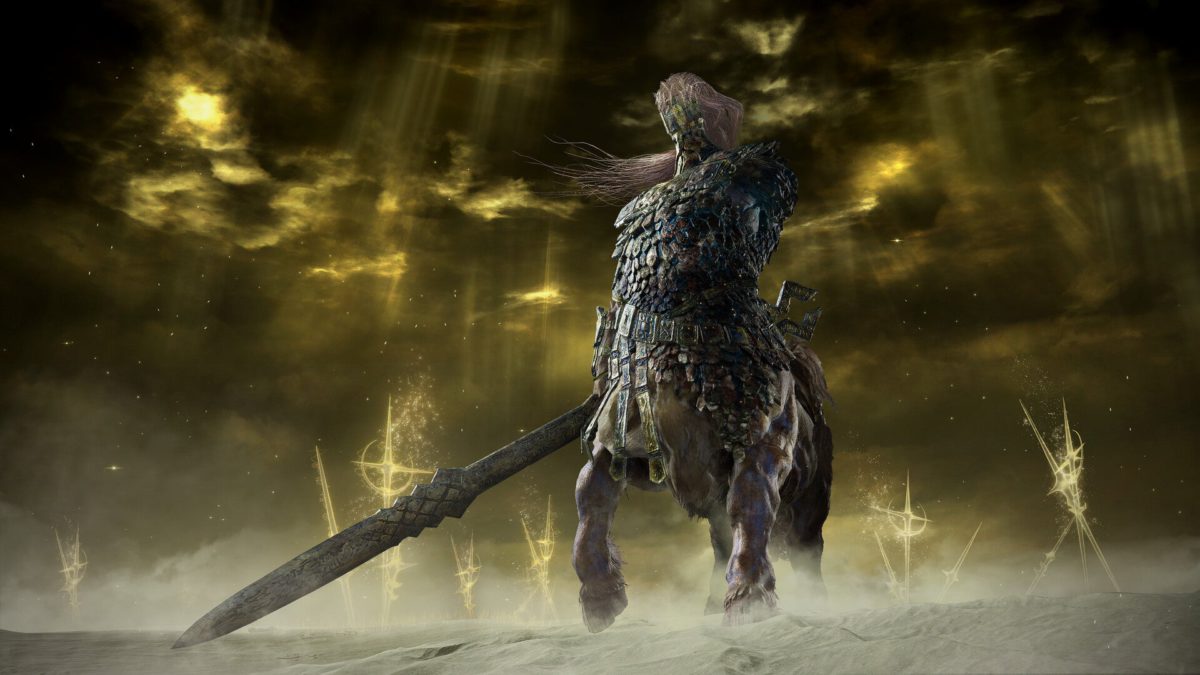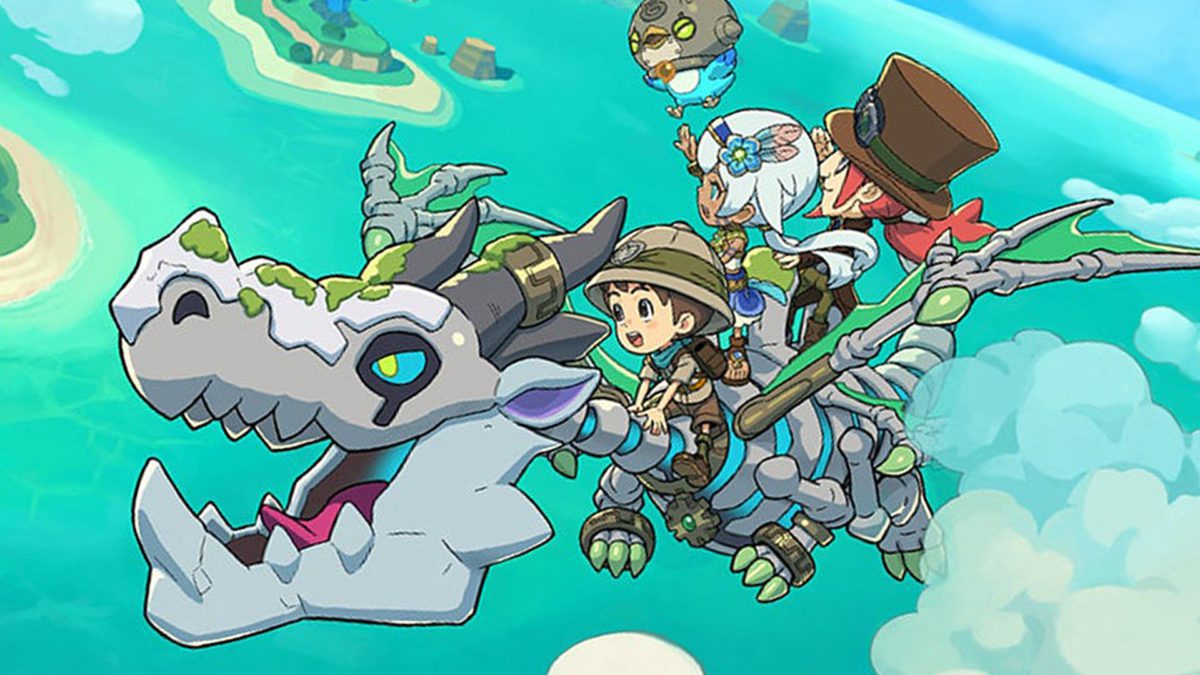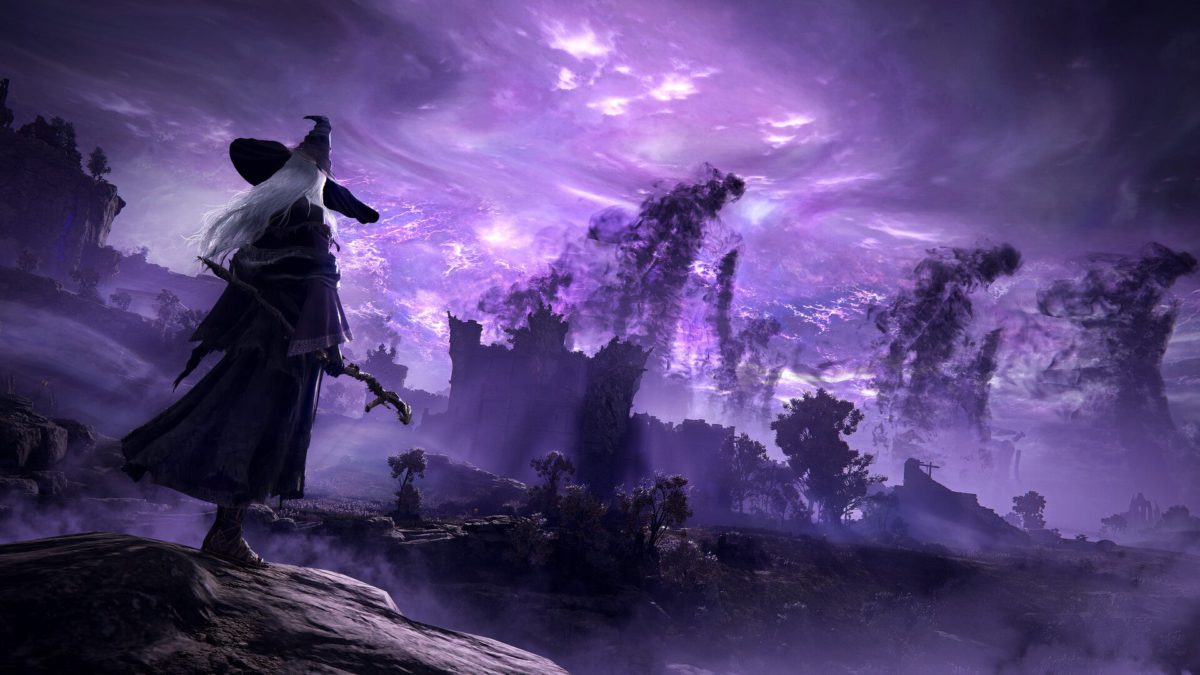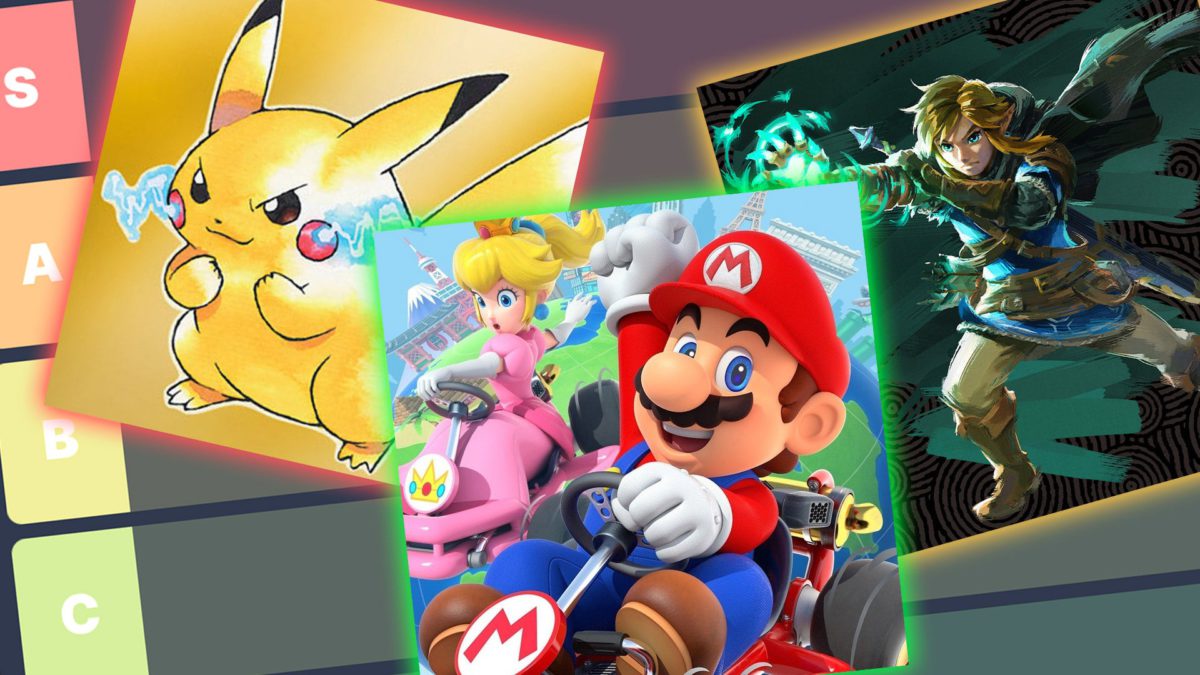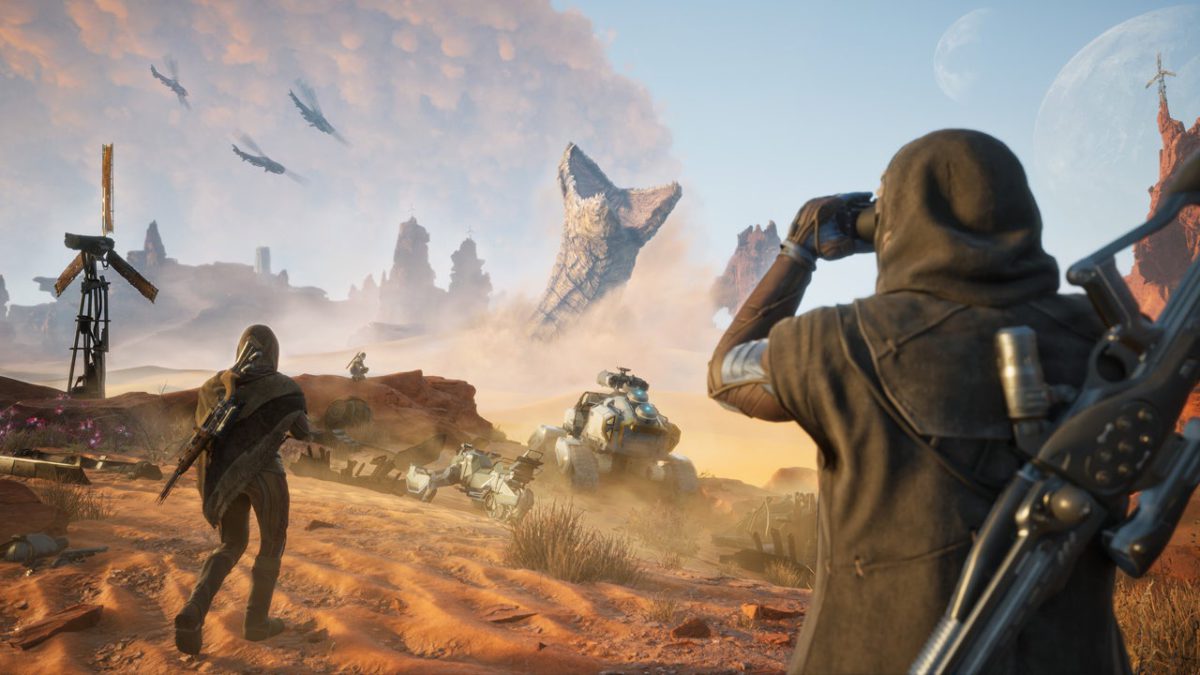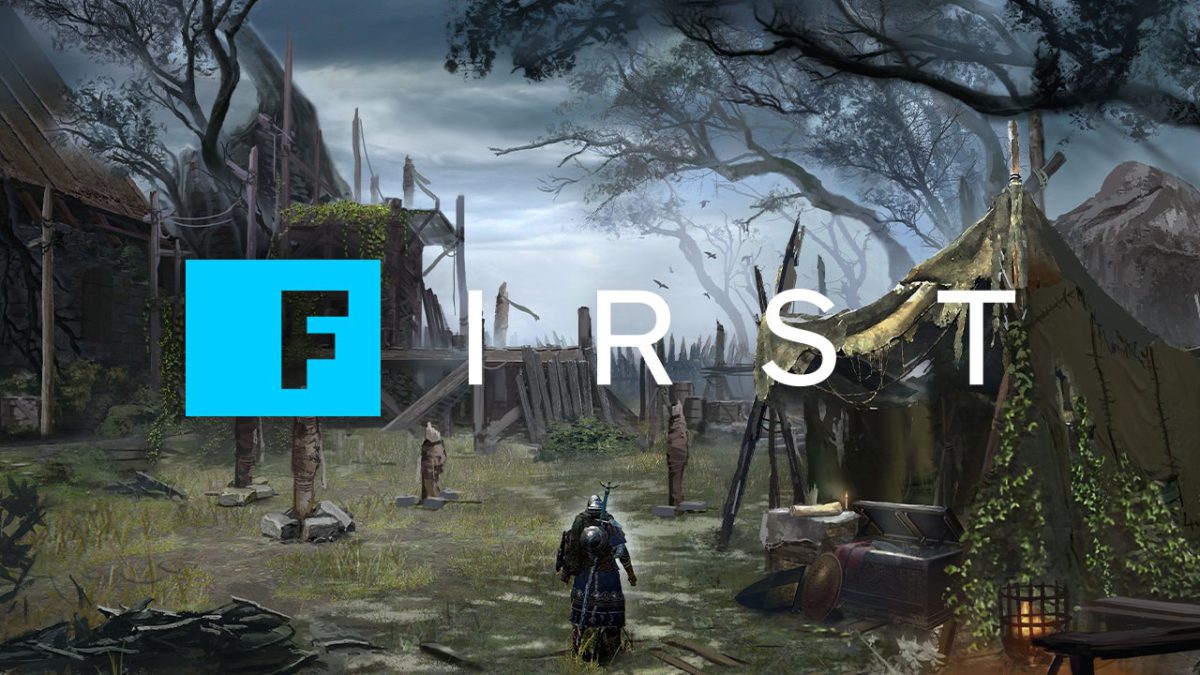
Elden Ring Nightreign has enjoyed a massive launch on Steam, but the excitement was tarnished by a ‘mixed’ user review rating.
FromSoftware’s co-op spin-off saw an incredible 313,593 peak concurrent users on Steam overnight, enough to make Elden Ring Nightreign one of the most-played games on Valve’s platform.
But it also came with a number of negative reviews (67% of the reviews are positive so far), most of which point out Elden Ring Nightreign’s lack of duos, or two-player co-op, and voice chat.
Elden Ring Nightreign drops players into the shifting lands of Limveld, exploring and fighting for survival either solo or in groups of three. There is no way to play two-player co-op.
As explained in IGN’s Elden Ring Nightreign review: “Let’s get the most important caveat out of the way first: if you are hoping to tackle Nightreign entirely solo, and are anything less than a hardcore Elden Ring player that actively seeks out ways to make that already difficult game even more challenging, Nightreign isn’t for you. Yes, there is technically a single-player option, but it is so poorly balanced that I would be shocked if it isn’t patched and adjusted within the first month of release. And this is coming from someone who lives and breathes these types of games.”
In IGN’s interview with Elden Ring Nightreign director Junya Ishizaki, the Nightreign lead developer discussed the choice to lean on solos and trios as the core experience options. When asked why there’s no option for a pair of players to drop in together without a matchmade third player, Ishizaki said it was overlooked.
“The simple answer is that this is simply something that was overlooked during development as just a two-player option, so we’re very sorry about that,” said Ishizaki. “As we said before, we set out to make this a multiplayer co-op game for three players, balanced for three players, so that was the main focus and it’s at the core of Nightreign.
“Of course, I myself as a player understand that and often want times where I’m just playing myself, so this is something that we considered from the start,” Ishizaki continued.
“And so we did put a lot of effort into creating this experience that was playable for solo players in as much as the rules and new systems allowed. So in putting all our efforts into that aspect, we kind of overlooked and neglected the duos aspect, but this is something that we are looking at and considering for post-launch support as well.”
This means that if you’re playing with just your favorite duos partner, you have to accept a random third into your game. Playing trios is very much what Elden Ring Nightreign is built around.
Clearly, some players are unhappy with the situation. “Elden Ring co-op, but not really,” reads one negative Steam review. “You need three people, two isn’t allowed. And why? Because. How can something like this happen? I’m deeply disappointed and thought about a refund.”
“No duo option, had random people join to just run off and do their own thing,” reads another negative review. “Let me duo with my mate…”
“If you don’t have two other friends to play with in voice chat, don’t waste your time,” another negative review said. “Game is Elden Ring, but 3p, and the solo queue is abysmal (queuing up to play with randoms). Without VC it’s super hard to coordinate where to go, where chests/consumables are, trying to drop items for teammates, etc. Even though I really love Elden Ring and roguelites in general as well as Nightreign’s syle of gameplay, I wouldn’t see myself ever playing this game again without friends in VC, or if 1p experience wasn’t as hard as a ‘level 1 Elden Ring any% speedrun.’
“I think no matter how good you are at the game, it doesn’t matter if you’re bad at teamwork, especially in an environment where communicating is close to nonexistent (pins in a punishing fast-paced PvE game isn’t it lol).”
The voice chat issue keeps cropping up. Here’s another negative review:
“Impossible to make progress without voice chat. If you have three friends you can talk to and play regularly, you will have a great time, the connection is smooth, the map is full of events and the game loop is very interesting.
“However I am a 41-year-old man and I don’t have friends to regularly play this with, let alone two others (you need three people to go in as a team, two won’t work either).
“Even if they bring voice chat in the game (I’m not sure how there isn’t one at the moment) you won’t really enjoy this as much as if you were trying to fight with buddies, as your responsiveness with randoms will affect how you feel about your game a lot.
“Playing it solo queue with randoms is hard, it’s hard to communicate, it’s hard to share items, it’s hard to discuss tactics or decide on the next area to farm, it’s just hard.
“TL;DR, if you don’t have two more friends you can group up with regularly, it’s not fun.”
As Ishizaki suggested in our interview, duos is something FromSoftware may add to Elden Ring Nightreign in the future. Until then, you’re faced with solo or three-player only.
Ahead of the launch of Elden Ring Nightreign, FromSoftware warned PC gamers that they may experience framerate drops if they’re using “the latest graphics cards.”
In a vague note to fans included with Elden Ring Nightreigh’s day-one patch notes, FromSoftware said it was investigating the cause, and suggested those affected drop the graphics settings down from the default “High” to “Medium” or “Low” and lowering the screen resolution, as well as installing the latest drivers for your graphics card.
Check out these crucial Elden Ring Nightreign tips and tricks we put together from the network test — and keep an eye on the IGN Nightreign wiki for plenty more guides when the game launches.
Wesley is Director, News at IGN. Find him on Twitter at @wyp100. You can reach Wesley at wesley_yinpoole@ign.com or confidentially at wyp100@proton.me.

